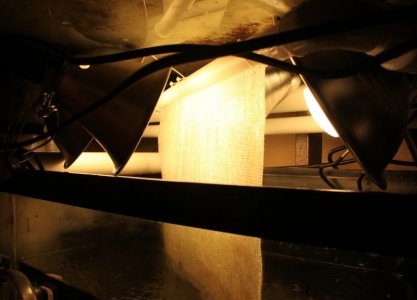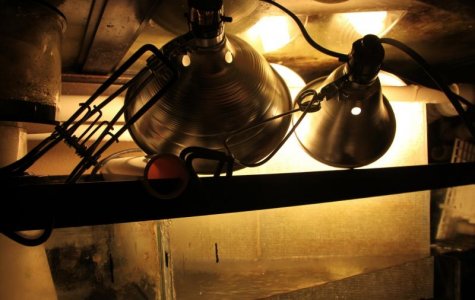srusso
Active member
User "fishoutawater" build an algae scrubber a few months back. Here is his orginial post.
I just added this very basic ats to an existing 2 tank system 3 weeks ago.


Here are the two tanks, and here is the screen at the two week mark.

I don't have a current pic, but the screen has more green on it this week, and is filling in faster.






